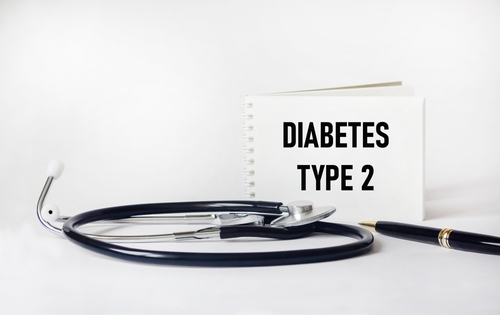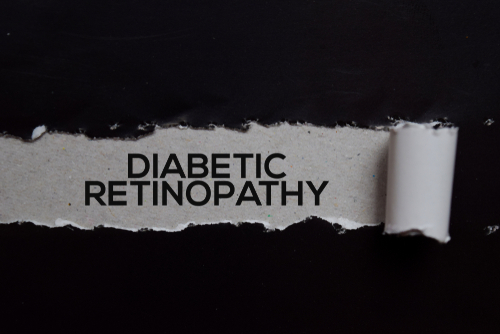
New findings from the CATALYST study show that hypercortisolism may play a key role in making type 2 diabetes (T2D) difficult to manage. The findings were presented as a late-breaking symposium today at the 8th Scientific Sessions of the American Diabetes Association in Orlando, Florida.
Currently, between 38.9% and 76.9% of patients with T2D have uncontrolled disease. Researchers sought to discern if hypercortisolism—which is characterized by weight gain, high blood pressure, muscle weakness, and mood changes—can further complicate T2D disease management.
In the CATALYST study, the largest prospective trial of its kind, investigators screened over 1000 patients with hemoglobin A1c levels between 7.5% and 11.5% despite multiple diabetes therapies. Researchers used an overnight 1-mg dexamethasone suppression test (DST) to detect hypercortisolism, which is indicated by a post-DST morning cortisol level above 1.8 μg/dL and a dexamethasone level of 140.0 ng/dL or higher.
According to the findings, the presence of hypercortisolism was found in 24% of the screened patients. Notably, researchers observed that among those taking 3 or more hypertension medications, the prevalence of hypercortisolism was approximately 1 in 3. The results of computed tomography scans showed that adrenal abnormalities in about one-third of these patients, with a quarter having an adrenal tumor, suggesting that surgical intervention could potentially resolve their hypercortisolism and improve diabetes control, the researchers noted.
“These results are significant as they highlight a previously underrecognized factor contributing to the barriers when it comes to managing [T2D],” said John Buse, MD, PhD, of the University of North Carolina School of Medicine Diabetes Center and Translational and Clinical Sciences Institute and lead author of the study, via a press release. “By identifying hypercortisolism in these patients, we can target treatments more effectively and potentially improve their outcomes.”







 © 2025 Mashup Media, LLC, a Formedics Property. All Rights Reserved.
© 2025 Mashup Media, LLC, a Formedics Property. All Rights Reserved.